We recently connected with Adriano Ávila and have shared our conversation below.
Adriano, thanks for joining us, excited to have you contributing your stories and insights. We’d love to hear the story of how you went from this being just an idea to making it into something real.
I come from Belo Horizonte, the capital city of a state with many mountains and waterfalls. I graduated in Advertising in 1997 and owned a graphic design agency for 10 years. In 2007 I had the idea to combine my skills with my passion for football. Brazil is a country that breathes this sport. In 2011 I got an investor partner for the portal. It took me two years to prepare and grow my collection of research and illustrations that I had been developing since 1990, in addition to the database and stopmotion animations that I had produced about the main goals scored in World Cups. These animations are actually the origin of the name “Futbox” (“box football” in Portuguese). In my childhood, instead of playing button football, I would design uniforms and shields, cut them out and glue them on matchboxes to simulate players and goalkeepers. I still play with that to this day.
Today, Futbox.com offers the world’s largest illustrated collection of football in three languages. We research and bring back the history of world football, and disseminate it with detailed illustrations and graphics and a high degree of fidelity. We also have all World Cup games in illustrated format and in full color, from the model of the ball used in each game to the complete uniforms of each match. We also have strategic content partners such as Getty Images and AFP to enrich the user’s experience when browsing Futbox.
Other sections on the portal draw a lot of attention, such as the Trophy Gallery, Derbies, and of course the Clubs and National Squads pages, where we can see the full history of these institutions, the trophies they won and the evolution of their shields and uniforms, from their foundation to the present day.
Futbox.com is co-creative. We have the “Collaborate” button with which fans and researchers, as well as other research centers, can send us photos, images, text or even report an error. This creates closeness between the brand and its fans. We have collaborations with several countries in Europe, the United States and Asia and our social networks, where we share various copyright content to further promote this relationship.
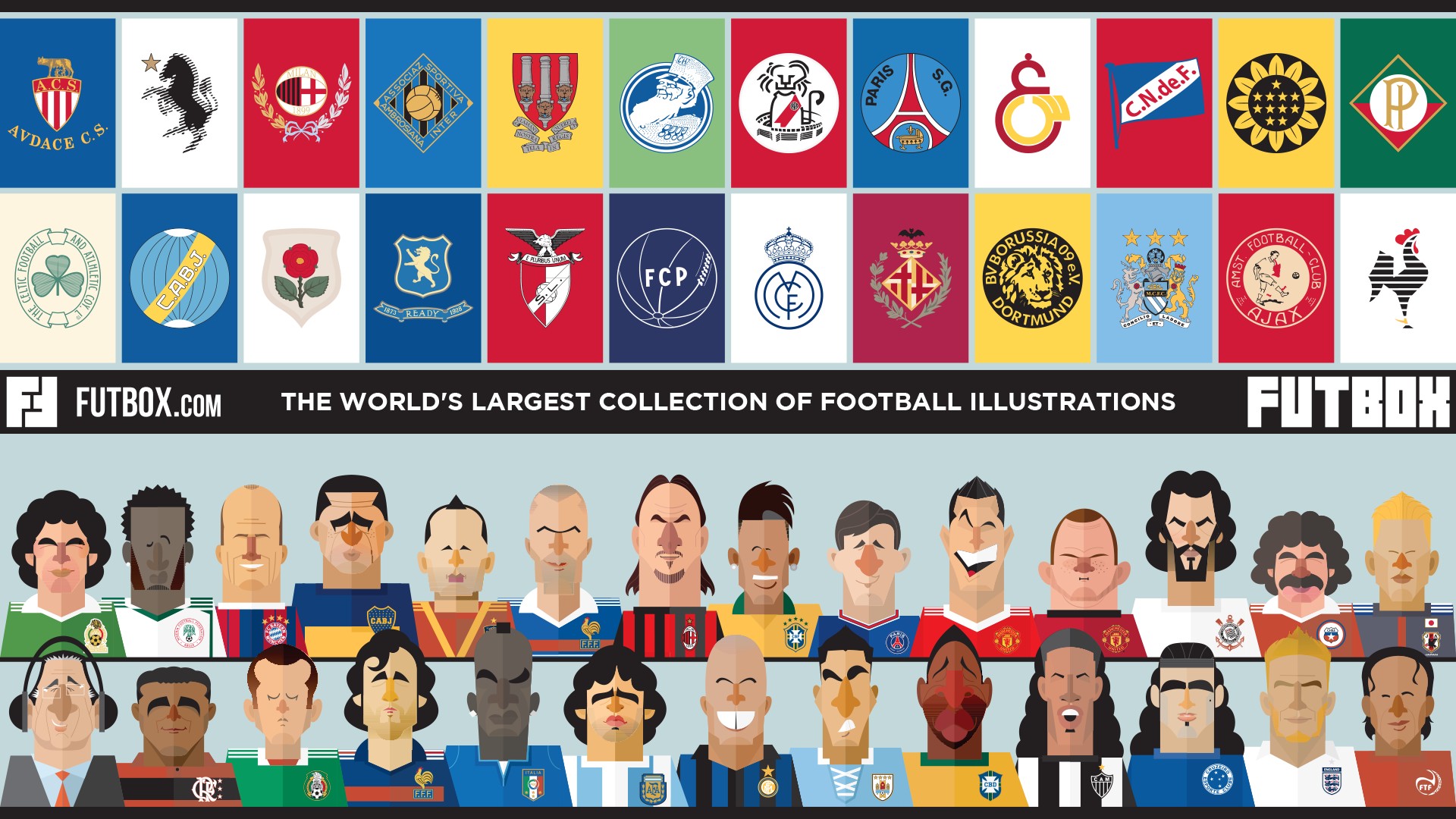

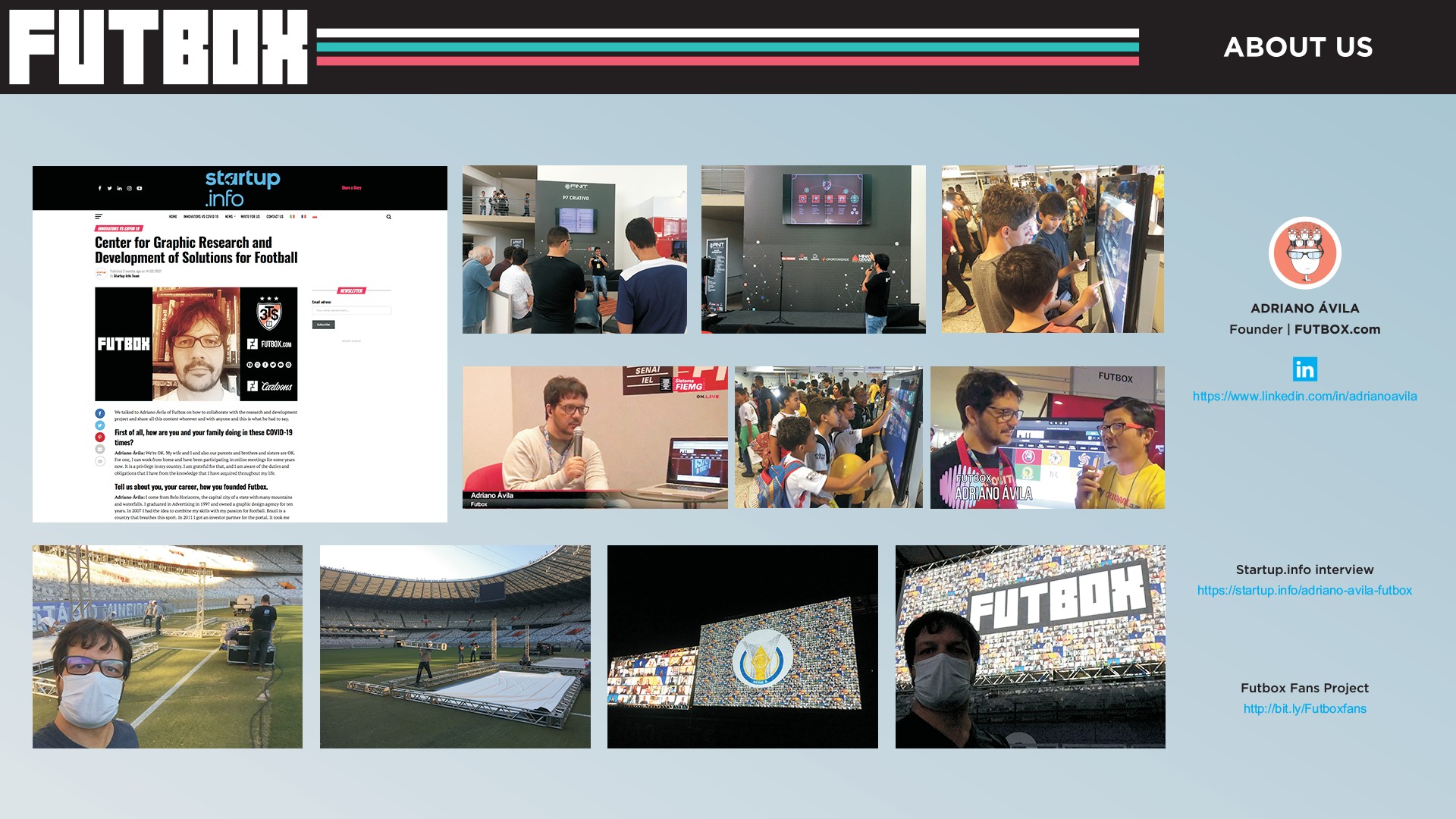
Awesome – so before we get into the rest of our questions, can you briefly introduce yourself to our readers.
All this research done over 30 years has enabled us to gain strategic knowledge about the world of football. In 2017 we opened Futbox’s branding area, where we worked on the visual identity of the football clubs as a tool for generating value and revenue. All of that was done using the TFT Methodology: Tradition, Fans and Trophies (“Metodologia dos 3Ts: Tradição, Torcida e Troféus” in Portuguese), which I have developed to work with the marketing departments of football and sports clubs in general. With this, the solutions presented make sense to the market and, especially, to the fans, because the whole creative and development process is based on the balance between tradition and innovation, preserving the history and symbols of the clubs but updating and expanding them for the new scenario of the 21st century in terms of relationship, positioning, mobile access, customs, desires and contemporary needs.
Today we work with six clubs in Brazil and we are creat a partnership with the Ecuador’ club and other United Arab Emirates’ partner to publicize the Futbox brand and all the possibilities involving our products and services, in addition to our work philosophy and the way we relate to the world. You can find more details in the “What we do” section and the link: https://linktr.ee/futbox_projects.
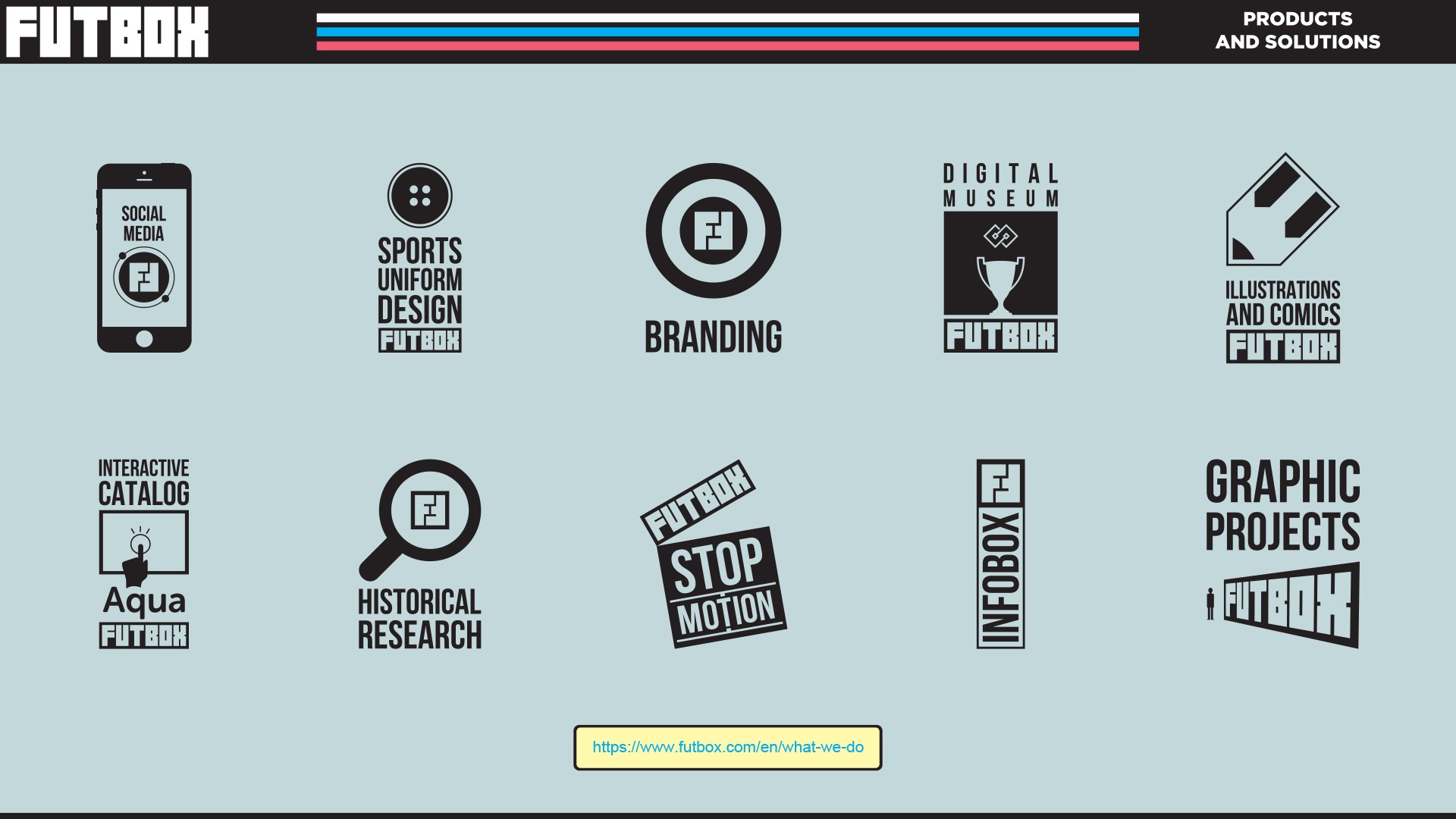
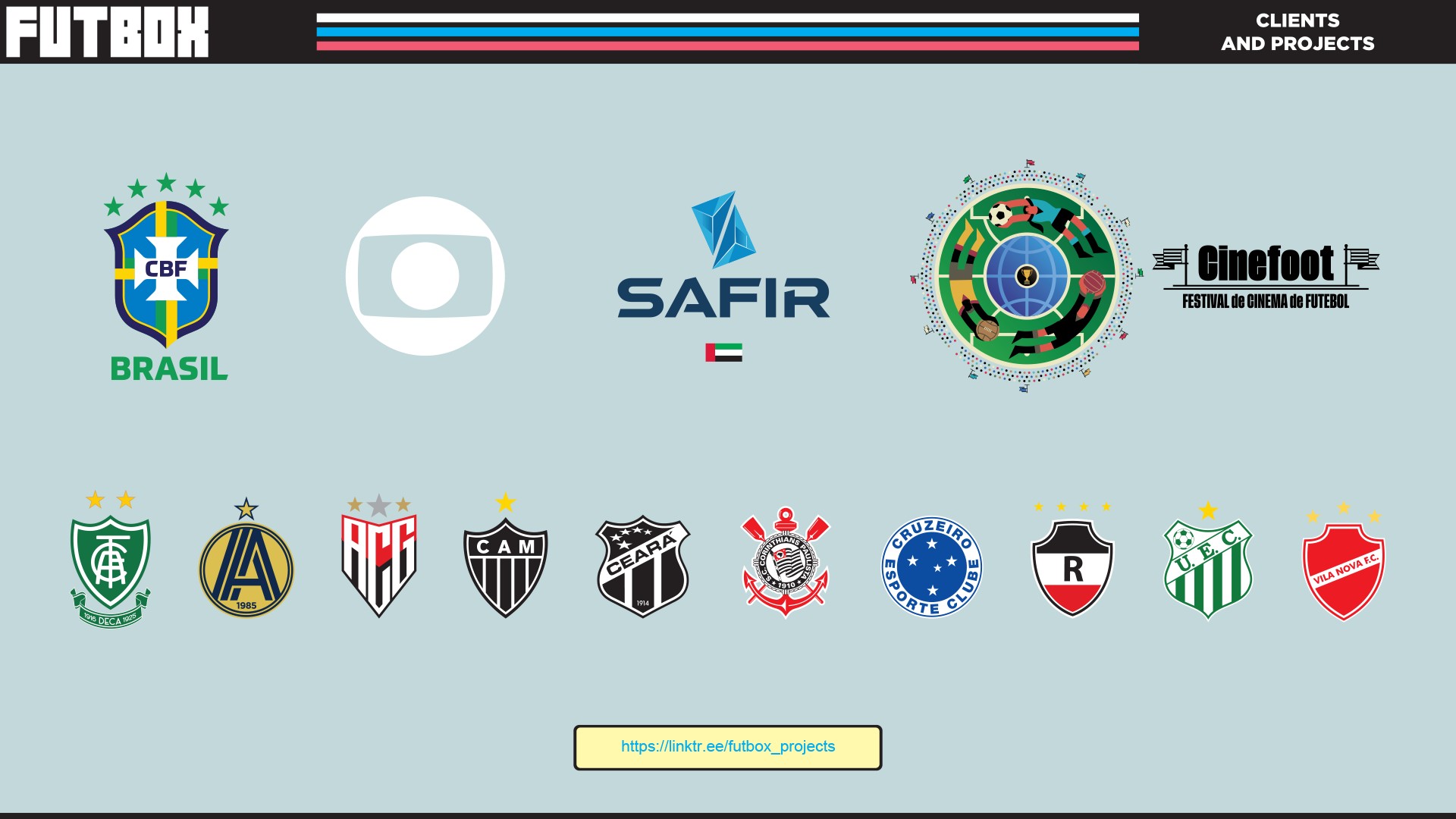
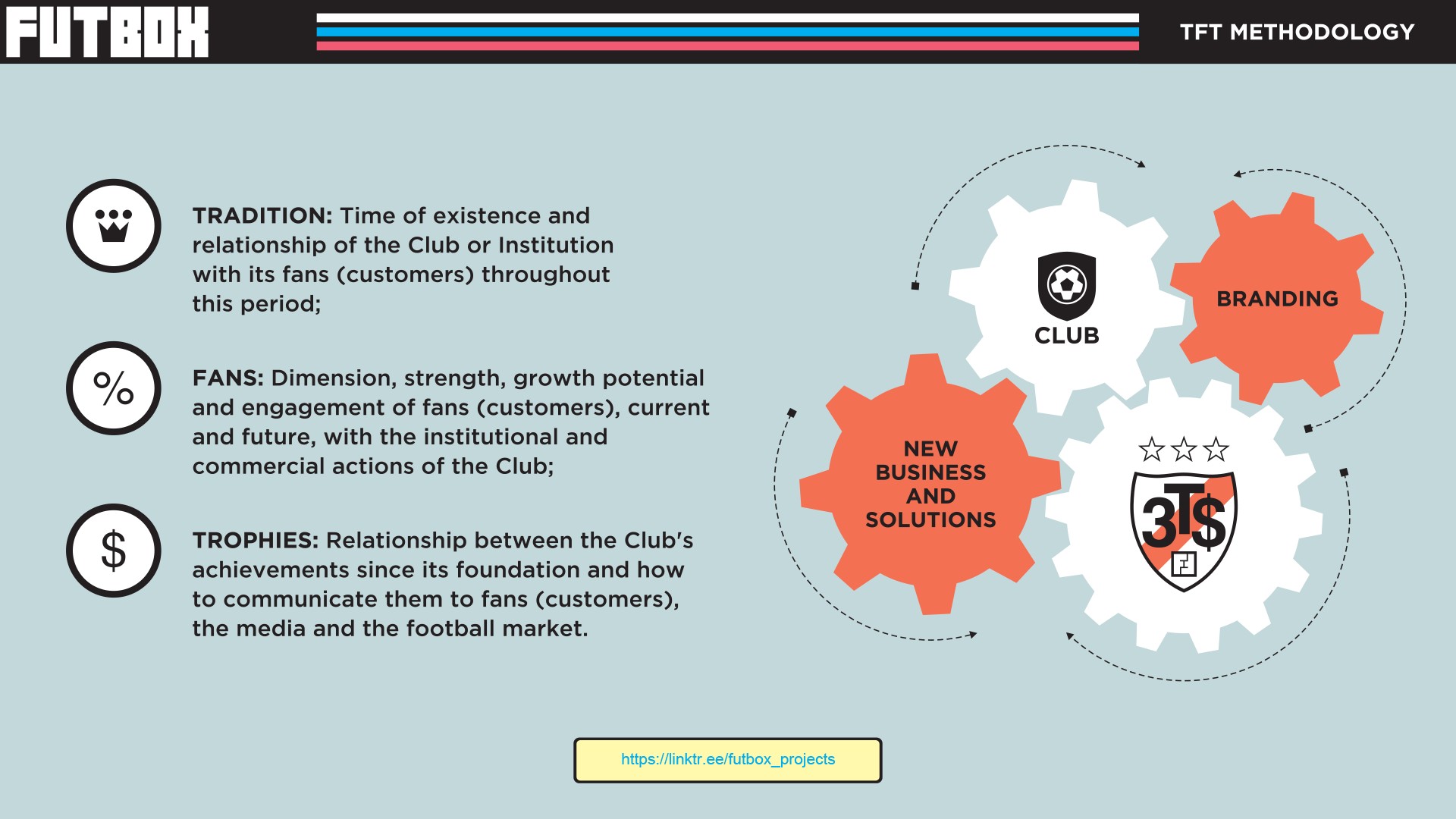
Any insights you can share with us about how you built up your social media presence?
Perhaps this is an answer that arouses the greatest interest in readers, especially young people. Social networks are important for networking and the dissemination of knowledge, but they can also be contemporary traps.
Recently, I wrote some articles about our moment and the relationship we build, consciously or not, with digital environments, through technology and innovation.
Children and young people are growing up in an environment of high exposure, having a false sense of relevance in relation to everything they do, but in fact, what happens is exactly the opposite, their posts show everything they don’t, such as playing and interact with real people, physically.
We are in the habit of reducing what we call innovation to issues or solutions that only involve technology, when in fact, it is about behavior, how we perceive reality and, above all, how we relate to everything around us.
Recently, a computer brand launched its virtual glasses, where the advertising for the product presents some debatable values, for example, in relation to technology and innovation. And here are some questions:
Could it be that we are totally wrong in relation to the paths we have traced for technological evolution?
Would we be revering our imminent and super fascinating loneliness? Now full of possibilities for interaction with other avatars and not human beings?
However, what is most worrying about these paths that we are “choosing”, and this choice is made by the few, for the few, where many need consumers so that, really, these few remain where they are, by merits or just by cradle, is the Contemporary Paradox that we are building “at full steam”.
We can witness, in the near future, the “Evolution’s Contemporary Paradox”: we are forming the most intellectually dispersed generation in history, who do not like to read and give an opinion on everything, precisely at the same time as the rise of artificial intelligence.
My advice is to think, reflect and read more physical books that address major changes in the past that impacted the course of civilization, both in the west and in the east. At the same time, look forward and not down like we do when using a cell phone.
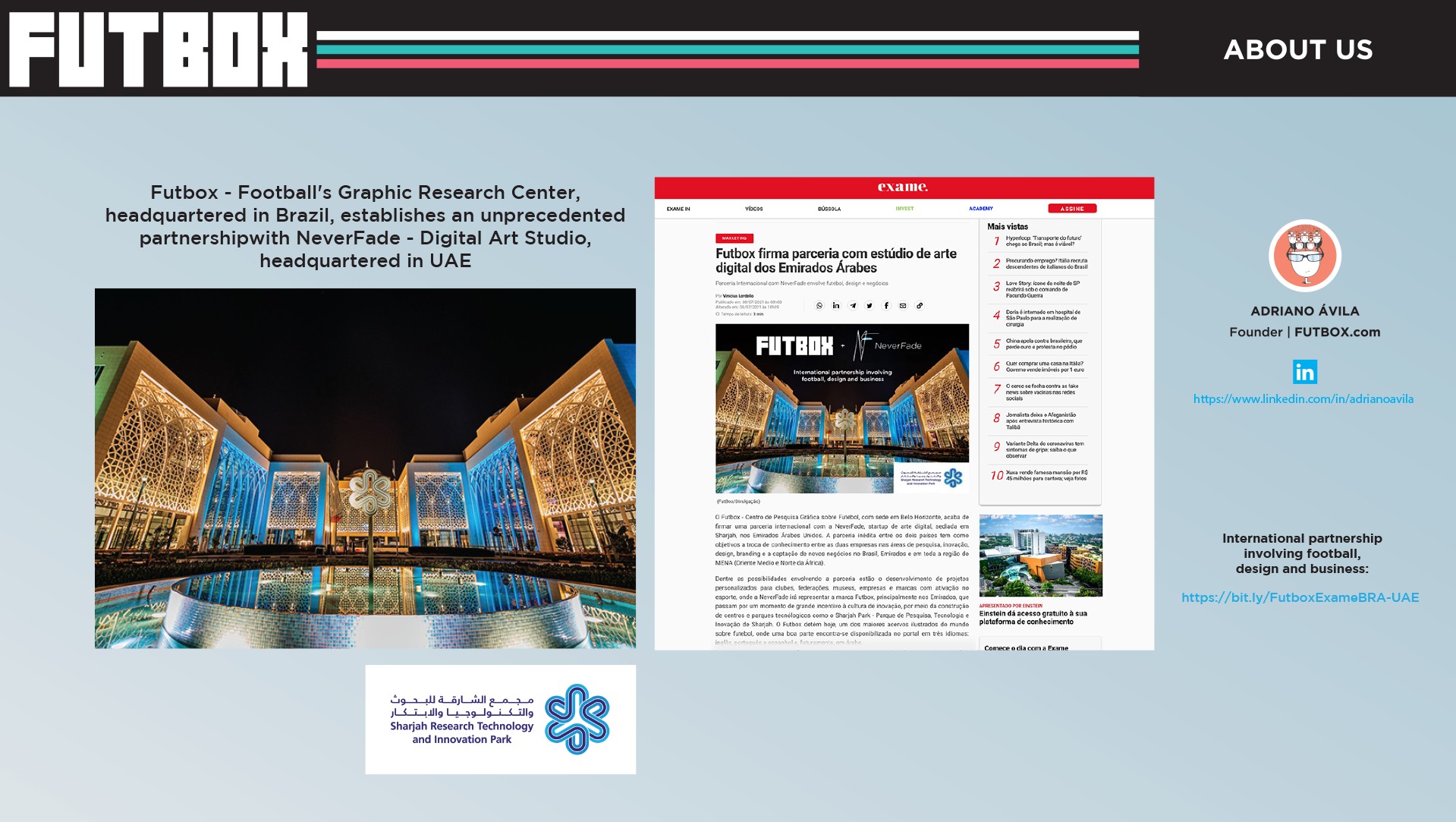

Do you have any insights you can share related to maintaining high team morale?
Coordinating a project involving research, people and financial resources requires courage, ambition and humility. Three things that seem conflicting at first, but if we understand the real meaning of these words, we will understand that they are attitudes and procedures that add up.
Fear keeps us alive, but it shouldn’t paralyze us. This is where courage comes in, which is the ability to overcome our fears. Those who are not afraid are likely to be inconsequential managers.
Ambition should not be confused with greediness, but perceived as a focus on the goal or solution imagined, drawn and initiated.
Humility is perhaps the most important thing in the digital world, where we are manipulated to find ourselves important, desirable and unique. Managing people means an exchange of knowledge and not the imposition of what only we know.
Contact Info:
- Website: https://www.futbox.com/en
- Instagram: https://www.instagram.com/futbox.oficial/
- Facebook: https://www.facebook.com/FUTBOX/
- Linkedin: https://www.linkedin.com/in/adrianoavila/
- Twitter: https://twitter.com/FUTBOX
- Youtube: https://www.youtube.com/Futboxmovies
- Other: Follow the link with Futbox’s projects and solutions developed for football clubs, brands, sponsors and TV networks: https://linktr.ee/futbox_projects
Image Credits
By FUTBOX.


